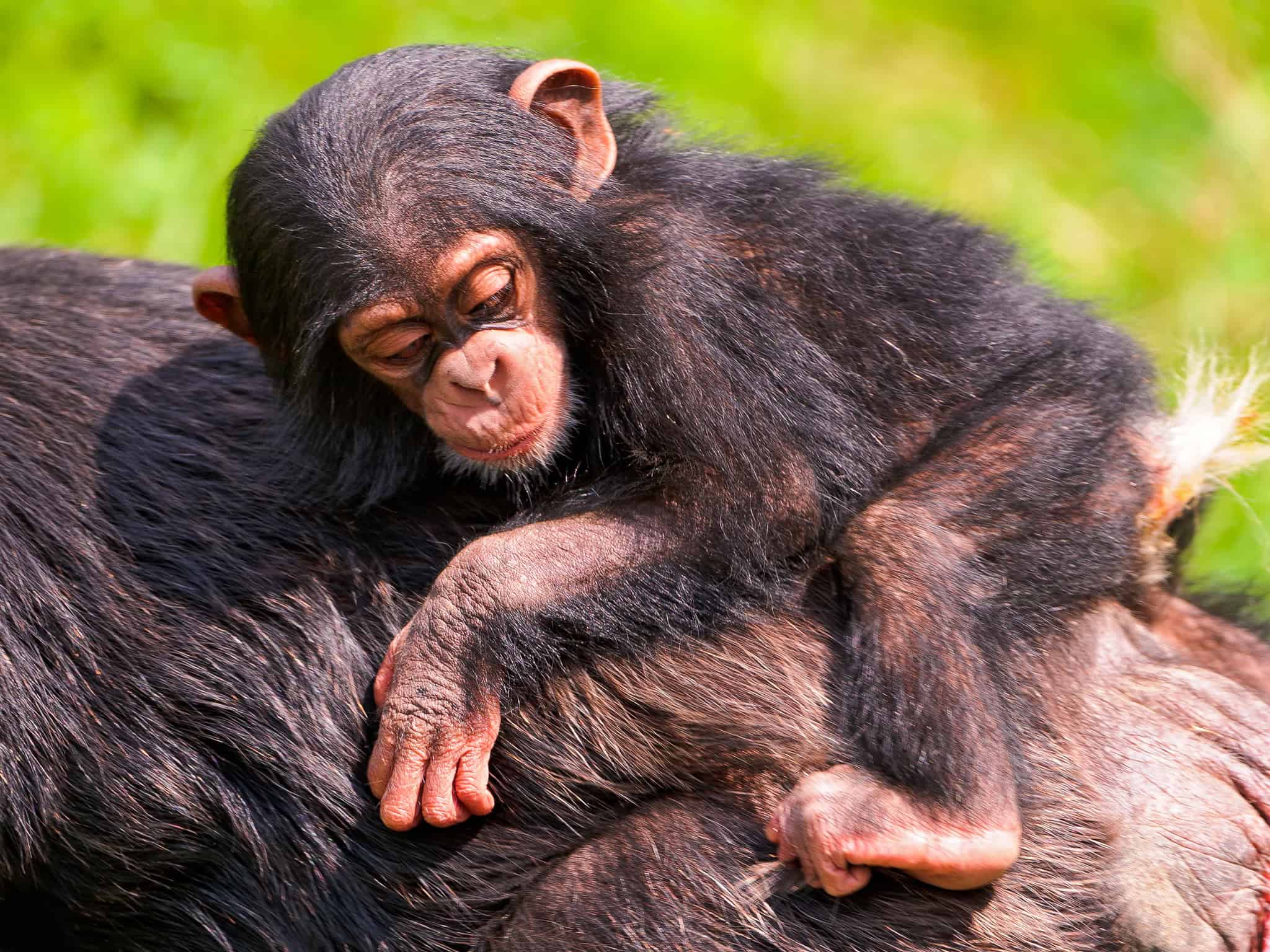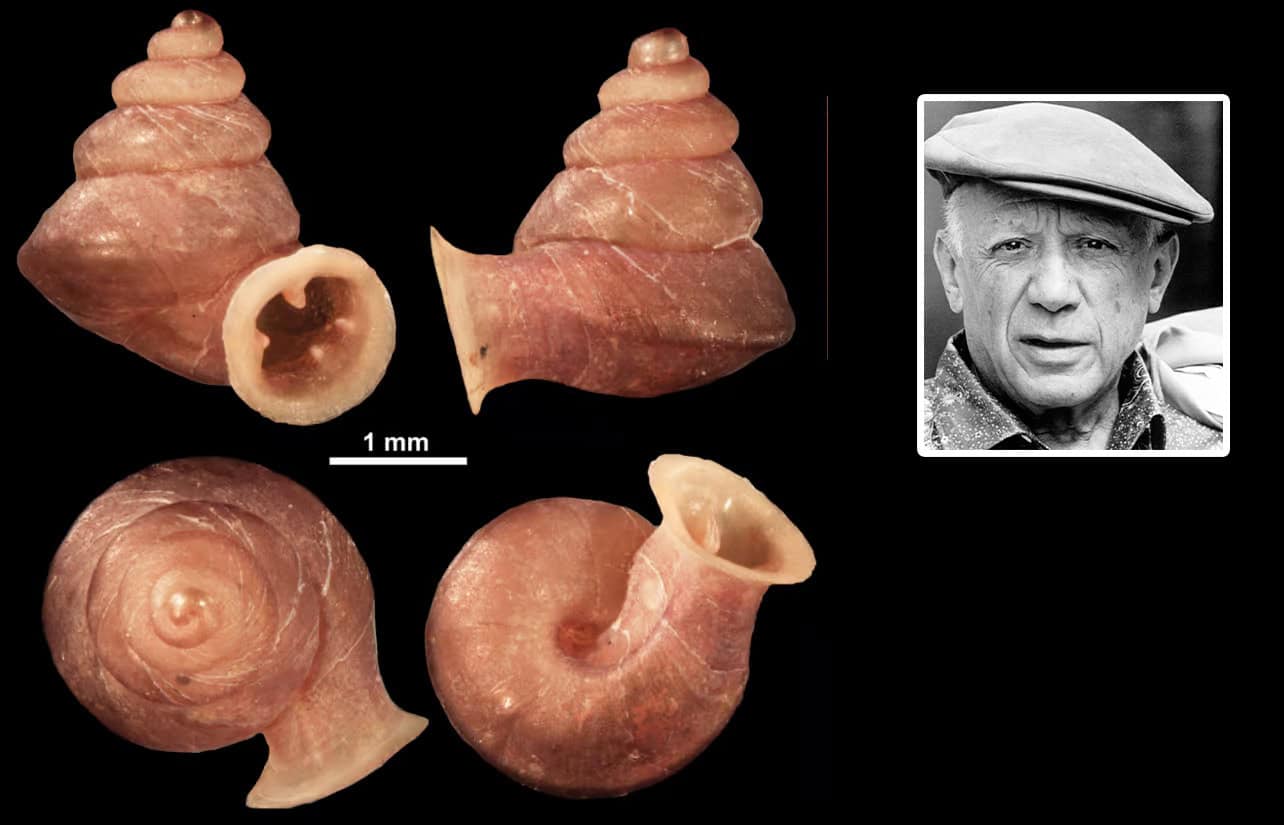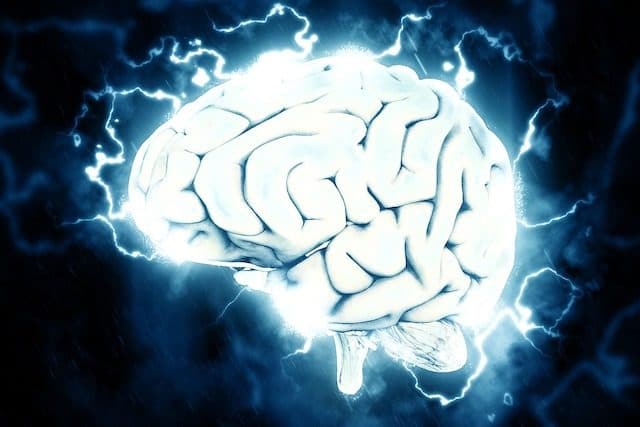What If Black Holes Are Portals to Other Universes?
For decades, black holes have fascinated scientists and storytellers alike—not just for what they are, but for what they might be. These mysterious cosmic giants devour everything in their path, including light, making them some of the most extreme environments in the universe. But what if black holes aren’t the end of the story? What if, instead of being cosmic dead ends, they are portals—gateways to other universes, dimensions, or regions of space-time?
It may sound like science fiction, but leading physicists have seriously considered this idea. Let’s dive into the science, speculation, and stunning implications of the possibility that black holes are more than they appear.
Understanding Black Holes: Nature’s Gravity Wells
A black hole forms when a massive star collapses under its own gravity. The result is a singularity—an infinitely dense point surrounded by an event horizon, the boundary beyond which nothing can return. Inside this zone, space and time are warped to unimaginable extremes.
Physicists describe black holes using Einstein’s general theory of relativity, which predicts that a sufficiently dense mass will bend space-time so drastically that it forms a bottomless gravitational well. But here’s the kicker: the math of relativity doesn’t prevent black holes from leading somewhere else. In fact, it opens the door to otherworldly ideas.
Wormholes: Theoretical Tunnels in Space-Time
One of the most compelling theories connecting black holes to other universes is the concept of wormholes. These hypothetical structures—also called Einstein-Rosen bridges—act like shortcuts through space-time. First proposed in 1935 by Einstein and physicist Nathan Rosen, wormholes theoretically connect two points in space (or time), much like a tunnel through a mountain instead of going over it.
If certain types of black holes are actually wormholes in disguise, then falling into one might not mean being crushed by gravity but instead being transported—somewhere else entirely. The destination? That’s where things get truly strange.
The Multiverse Theory: Infinite Realities Await

The multiverse hypothesis suggests that our universe is just one of many, possibly infinite, universes coexisting in a vast cosmic ensemble. In this framework, black holes could act as bridges between these alternate realities. When matter enters a black hole in our universe, it might emerge through a white hole—a theoretical opposite of a black hole—in another.
Some cosmologists even propose that each black hole may birth a new universe. This idea, called the cosmological natural selection theory, was proposed by physicist Lee Smolin. According to this view, black holes could be like seeds, generating “baby universes” with slightly different physical laws. Over cosmic time, universes that are good at forming black holes might become more common—suggesting that black holes could be a driving force of cosmic evolution.
Quantum Physics Adds a Twist
General relativity paints one picture, but quantum mechanics complicates things. According to quantum theory, information cannot be destroyed. But what happens to information that falls into a black hole? This leads to the famous black hole information paradox, a puzzle that has stumped physicists for decades.
Stephen Hawking initially believed that black holes destroyed information, but later changed his stance, suggesting that black holes might somehow leak information back out—perhaps into another universe. This theory supports the idea that black holes don’t erase the past, but reroute it elsewhere.
Furthermore, newer models like loop quantum gravity and string theory propose that singularities (the crushing centers of black holes) may not actually exist—instead, matter could be “bounced” into a new region of space-time, avoiding complete destruction.
The Problem of Survival: Can We Travel Through?
Even if black holes are portals, that doesn’t mean we could survive the trip. The gravitational forces near the event horizon are extreme. For a stellar-mass black hole, the tidal forces would stretch you into a spaghetti-like strand—a process gruesomely called spaghettification. Not ideal for interdimensional travel.
However, theorists point out that supermassive black holes, like the one at the center of our galaxy (Sagittarius A*), might have gentler gravitational gradients, making the passage theoretically more survivable. That said, we’re still far from knowing how to navigate or survive a trip into a black hole—if it’s possible at all.
Real Evidence? Not Yet—But We’re Looking
As of now, there is no direct evidence that black holes connect to other universes. The Event Horizon Telescope gave us the first real image of a black hole’s silhouette in 2019, but it tells us nothing about what lies inside.

Gravitational wave observatories like LIGO have detected the ripples from black hole mergers, giving us more data about their behavior, but not about possible portals. Future space missions and more advanced telescopes may provide clues—especially if we observe something escaping a black hole, or detect anomalies in the radiation patterns near event horizons.
Conclusion: A Universe of Possibilities
The idea that black holes are portals to other universes is both exhilarating and frustrating. It’s a hypothesis supported by compelling mathematical frameworks and cosmological theories, yet still lacking direct proof. But like all great ideas in science, it dares us to ask deeper questions.





























